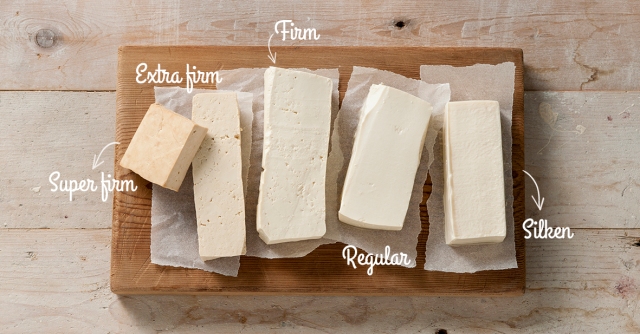This week in CEP 810 I was asked to learn something I’ve never done before. I’m only allowed to use online videos, blogs, and forums to achieve this challenge. Will Richardson (2012) states “educators have to reexamine their own learning practice and move toward becoming more networked and connected themselves”. The purpose of this project is to practice my 21st century skills so I am better equipped to teach students these skills. The project will provide me the tools to help change my instruction by incorporating the use of 21st century skills into my classroom (Standards for Teachers, n.d.).
For the last three years I’ve slowly been cutting animal products out of my diet. To make up for the loss of animal protein, I began eating plant proteins such as tofu. Tofu is a great source of soy protein, which is made from soybeans. Soybeans also contain 8 essential amino acids, iron, calcium, and other essential minerals (Ware, 2017). I enjoy cooking and regularly use tofu in my recipes. Although tofu lacks flavor on its own, it soaks up the flavors of the surrounding ingredients. Homemade tofu has a fresher, soybean flavor than typical store-bought tofu (America’s Test Kitchen, 2012). Therefore, I have decided to learn how to make homemade tofu.

There are several online resources that provide step-by-step instructions to make homemade tofu. America’s Test Kitchen posted a do-it-yourself video that shows and explains the entire tofu-making process. Additionally, many YouTube Subscribers commented on the video with helpful hints or changes to the video recipe. I have read these comments and plan on testing out their ideas when I make my own tofu.
I also found several online recipes from chefs and food bloggers. The recipes follow the same general steps to make tofu, but each chef uses a different coagulant that affects the texture and taste of the tofu. The first coagulant, Nigari (magnesium chloride), creates firm tofu with a sweeter taste (Keane, 2011). Another coagulant, gypsum (calcium sulfate), creates a softer tofu with a milder-taste than tofu made with Nigari. The last coagulant is Epsom salt (magnesium sulfate). Tofu made with Epsom salt also has a softer but grainy texture (Nguyen, 2012). I prefer firm tofu, so I’ve decided to use Nigari as my coagulant. I am excited for this learning experience and am eager to see and taste my finished product!
References
America’s Test Kitchen. (2012, November 02). America’s test kitchen diy tofu. Retrieved from https://www.youtube.com/watch?v=-w4wQtYVl7k
Keane, D. (2011, July). Homemade Firm Tofu. Retrieved May 21, 2018, from https://www.foodandwine.com/recipes/homemade-firm-tofu
Nguyen, A. (2012, March 2). How to make homemade tofu. Retrieved May 21, 2018, from https://www.splendidtable.org/story/how-make-homemade-tofu
Richardson, W. (2012, September 14). Why School? TED ebook author rethinks education when information is everywhere. Retrieved May 21, 2018 from https://blog.ted.com/why-school-ted-ebook-author-rethinks-education-when-information-is-everywhere/
Standards for Teachers. (n.d.). Retrieved May 21, 2018 from http://www.iste.org/standards/standards/standards-for-teachers
Tofupedia. (2015). Retrieved May 29, 2018, from http://www.tofupedia.com/en/tofu-bereiden/soorten-tofu/
Ware, M. (2017, September 27). Tofu: Health benefits, uses, and possible risks (N. Olsen, Ed.). Retrieved from https://www.medicalnewstoday.com/articles/278340.php

